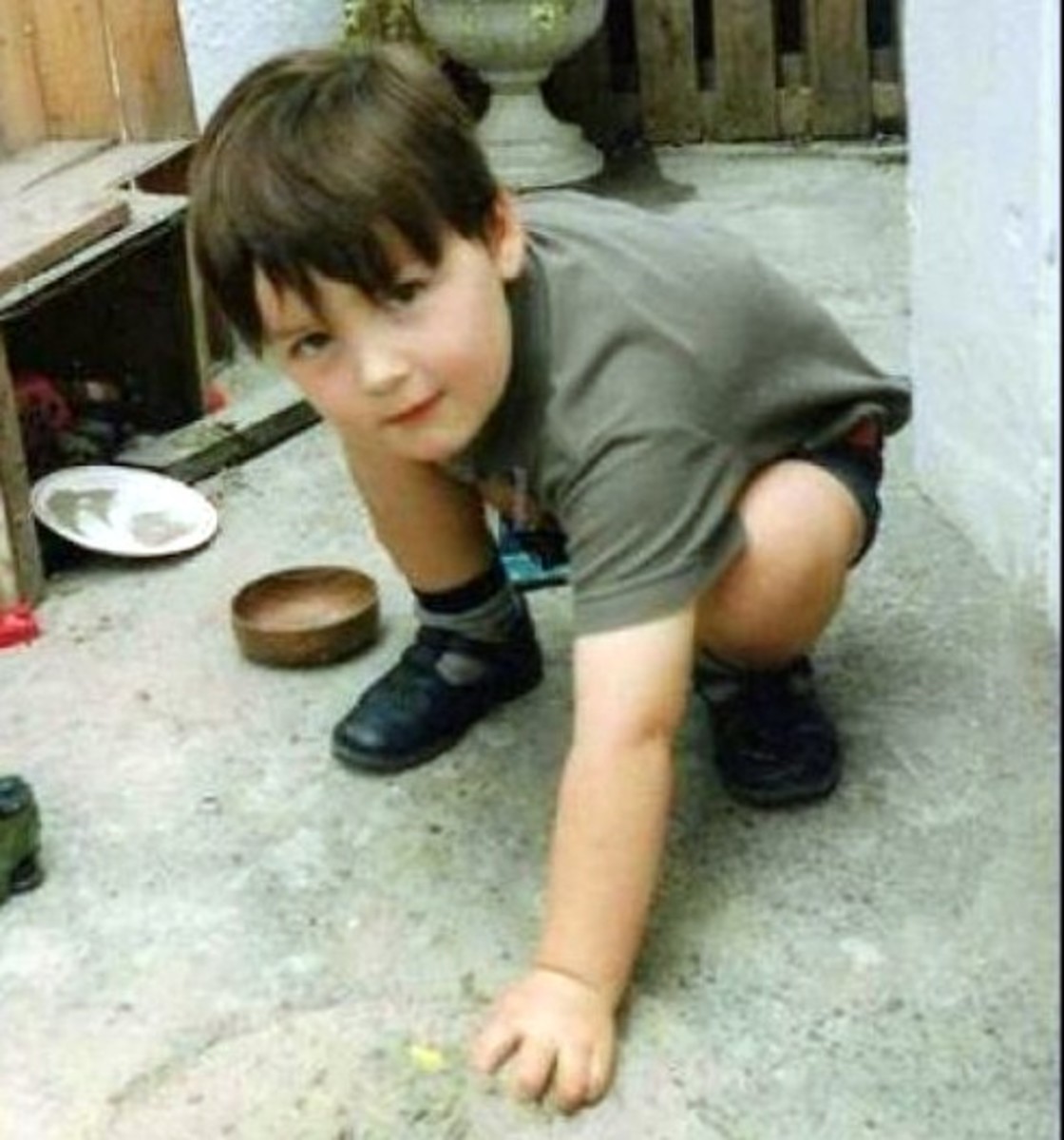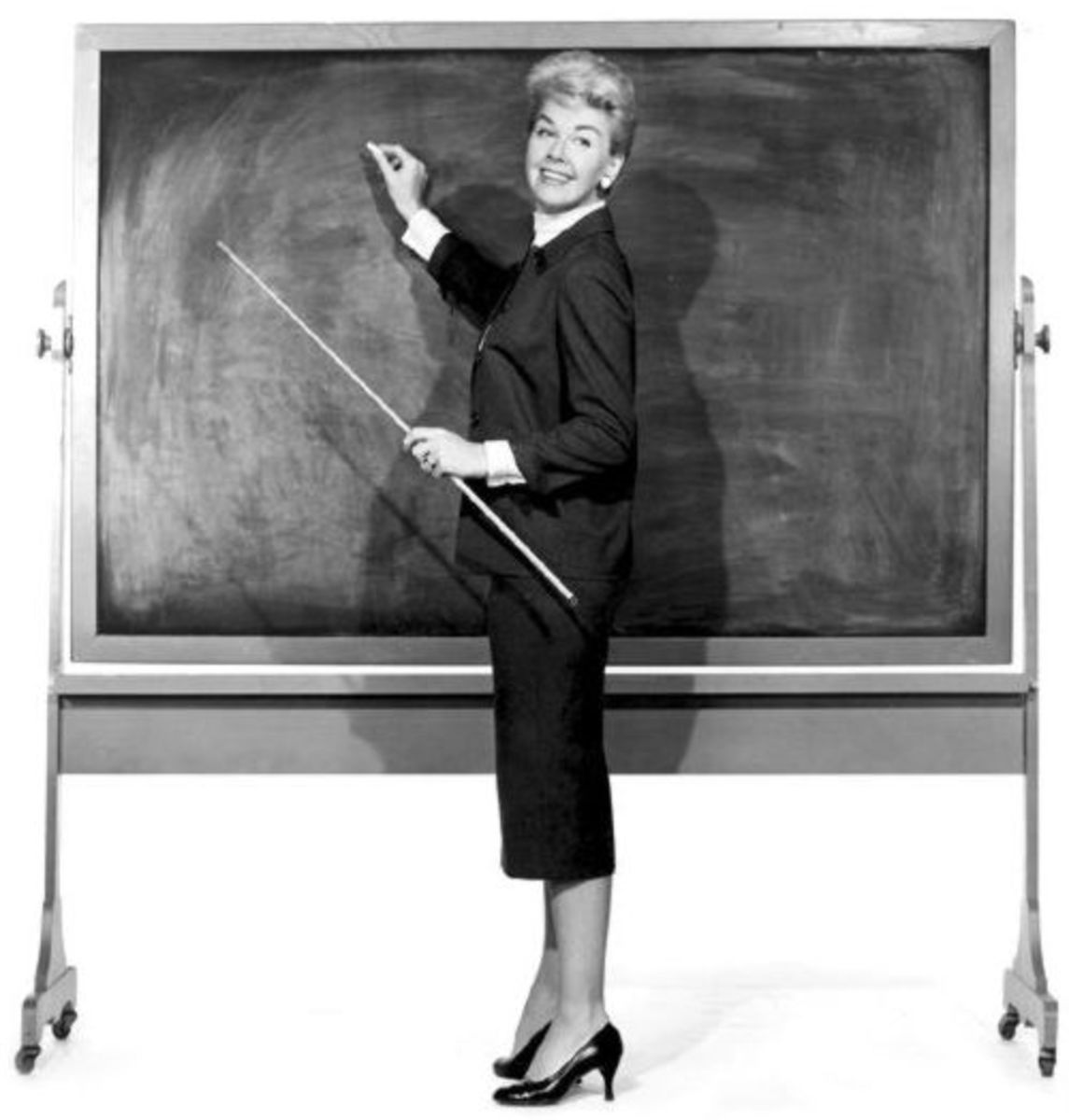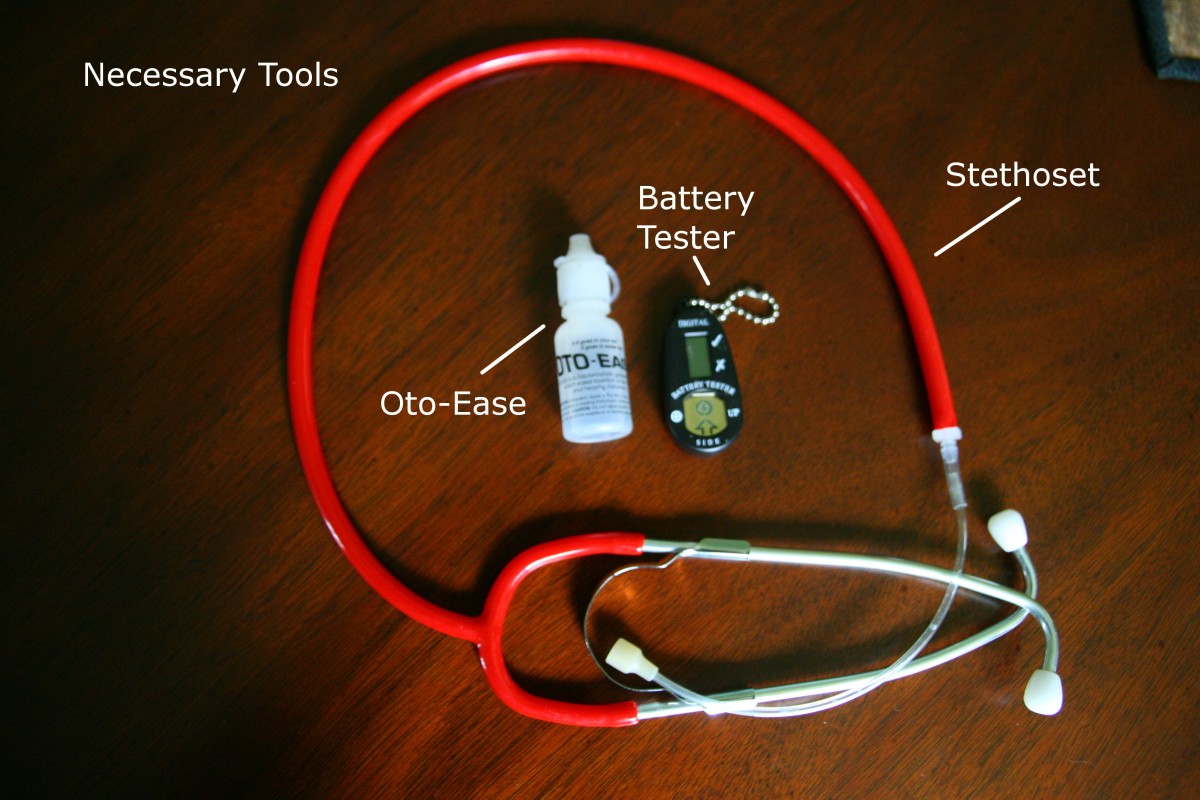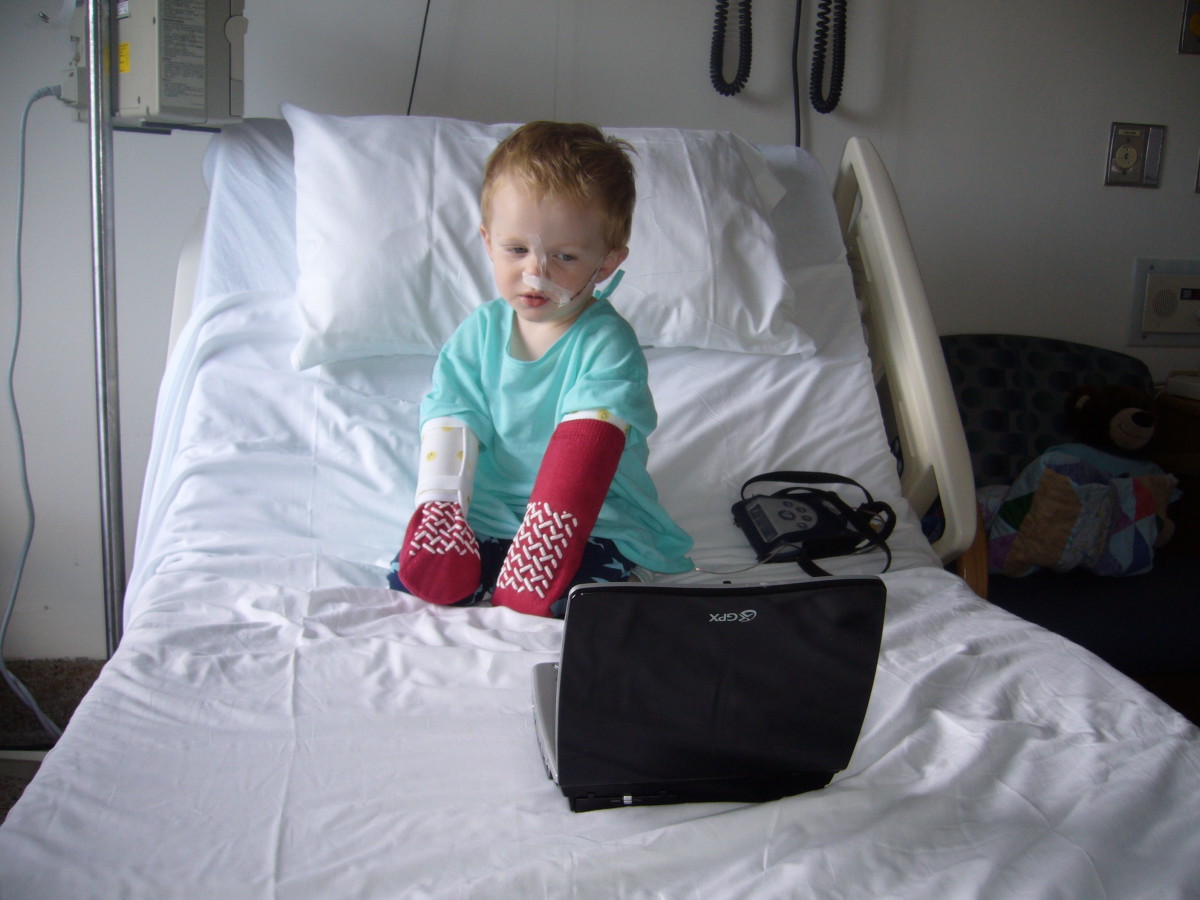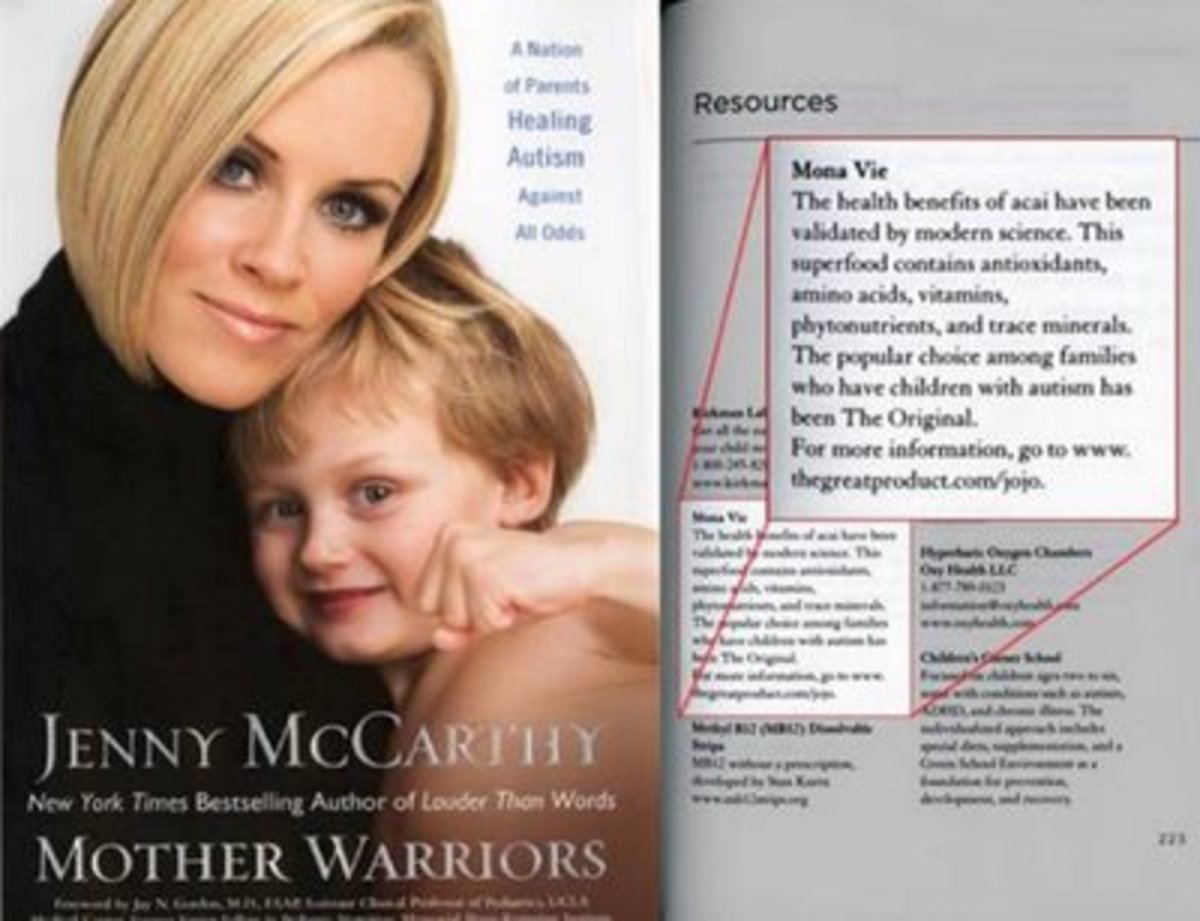Autism Spectrum Disorders: What is it?
Get Paid to Write
Share your opinion and expertise and make residual income at the same time by signing up for Hubpages.
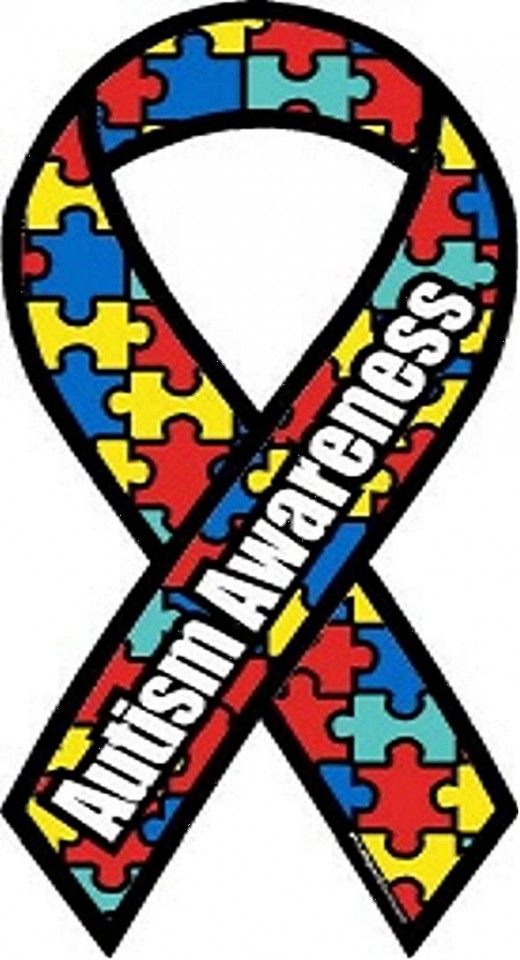
The Autism Spectrum Disorders is something that has steadily grown over the past few years but still very little is understood of it in conjunction with helping those affected with it. In this paper, we will briefly define what Autism is currently and how it affects children. We will share examples from sources as well as personal life. Because of the somewhat fluid nature of Autism, we will be going straight to specific websites like www.autism.com and www.tacanow.org for more up to date information and statistics.
Often, children with Autism don't involve themselves with others because they are particularly shy and see the world from different eyes. They usually want to stay in the environment they deem as safe and are often quite averse to leaving said environment unless their caretaker coaxes them to.
As an example of Autism, my twin niece and nephew were diagnosed with Autism when they were very young (about 2 years old). They have completely different amounts of it. The girl talks as much as she can and is not shy. She functions well within her peer group. The Autism that shows in her is that she is particular to the point of tantrums if things are not just so and this has put a hamper on playing with other children. Through the right care and the right teachers, she was taken off the Autism list when she turned 5. My nephew is much more Autistic in that he does not speak and makes only sounds mostly to communicate. He cannot function within his peer group at the present time. His motor skills are poor but his intelligence is high from just observing how he plays with his toys in a very thoughtful way. He is still on the Autism list.
An article in the American Academy of Pediatrics entitled The Pediatrician's Role in the Diagnosis and Management of Autistic Spectrum Disorder in Children states “Early diagnosis is dependent on listening carefully to parents' concerns about their child's development and behavior. Current research had revealed that parents are usually correct in their concerns about their child's development. Any concerns should be valued and should lead to additional investigation by the primary care pediatrician, a child neurologist, a developmental pediatrician or other qualified specialist, or preferably, a team of specialists” (1222). This statement does not only have to be for pediatricians but teachers as well. If a teacher will be attentive enough to listen to a parent’s concern about their children, they also have an important role in the child’s development. The Talk About Curing Autism (TACA) website has statistics on Autism some of which state that a new case of Autism is diagnosed every 20 minutes in the United States and that there is no medical cure. There is a high chance of teachers encountering Autism within their classrooms and it would be helpful to understand the aforementioned key areas of developmental problems in Autism.
The article Defining Autism Spectrum Disorders states, “The definitions and boundaries of ASD have evolved over decades, leaving a confusing array of terminology for clinicians. Autistic Disorder is generally referred to as autism and, less frequently, as childhood autism, or infantile autism. Rett’s Disorder sometimes appears as Rett Disorder or syndrome. Asperger’s Disorder is also referred to as a syndrome or referred to as high functioning autism” (pg 1). According to this, the word “spectrum” is aptly used to describe the disorder. It has a range of influence and is not always a clear cut in definition. Though there are three loose key areas of developmental problems with children diagnosed with Autism. One; there is an impairment in social interaction. Two; there are severe delays or lack of language communication skills and impaired or inability to sustain conversation with others. Three; there is often repetitive behavior with a preoccupation and intense focus on small things and also an inflexible adherence to routines or rituals.
Autism still only has a loose definition for its disorder. It still requires parents, doctors, and teachers to be vigilant and attentive to the needs of the child for Autism to be caught early enough to work with in a better capacity. Much like any other disorder, children with autism are almost always misunderstood by teachers and their peers. Though, in the classroom they may surprise others because often they can be slightly smarter than their peer group. A caretaker must remember that when they see a child doing strange, unusual things, that “normal” children don’t, this doesn’t always mean they are being naughty. There is likely an underlying problem that needs to be addressed and they just need structure and instruction just like anyone else. It is just that their learning abilities need to be taken into consideration.
Author's Note
This article was originally a research paper for an education class. The format for citation is APA.
References
Phetrasuwan, S., Miles, M., Mesibov, G. B., & Robinson, C. (2009). Defining Autism Spectrum Disorders. Journal for Specialists in Pediatric Nursing, 14(3), 206-209. doi:10.1111/j.1744-6155.2009.00200.x
The Pediatrician's Role in the Diagnosis and Management of Autistic Spectrum Disorder in Children. (2001). Pediatrics, 107(5), 1221. Retrieved from EBSCOhost.
TACA, (n.d.). Latest autism statistics. Retrieved from
http://www.tacanow.org/family-resources/latest-autism-statistics-2/. Date accessed July 20, 2011.
Temple Grandin. (December 2002). Autism. Retrieved July 21, 2011, from http://www.autism.com/edu_teaching_tips.asp.
Dr. Temple Grandin has high-functioning Autism. Despite this, she has overcome many challenges to become a doctor and is one of the primary sources of helping others with Autism function in society. She says, “Good teachers helped me to achieve success. I was able to overcome autism because I had good teachers. At age 2 1/2 I was placed in a structured nursery school with experienced teachers. From an early age I was taught to have good manners and to behave at the dinner table. Children with autism need to have a structured day, and teachers who know how to be firm but gentle.” Diagnosing the problem or disorder is only a small part in the health and benefit of the individual child. The rest is having good parents and teachers to teach and guide so that they are prepared for the world.




